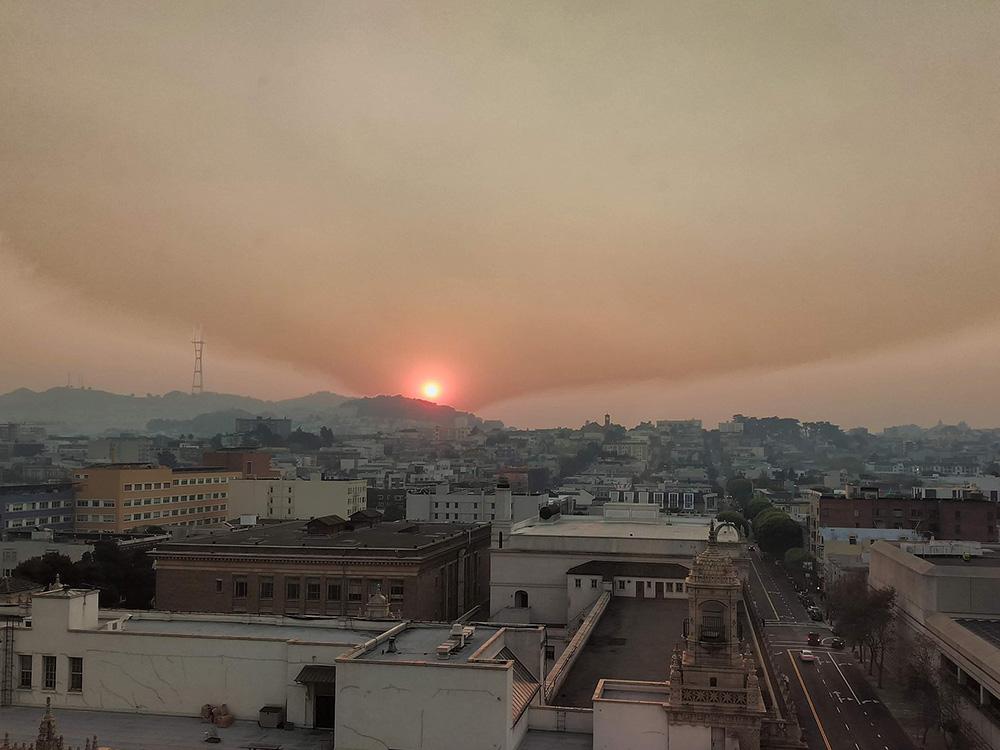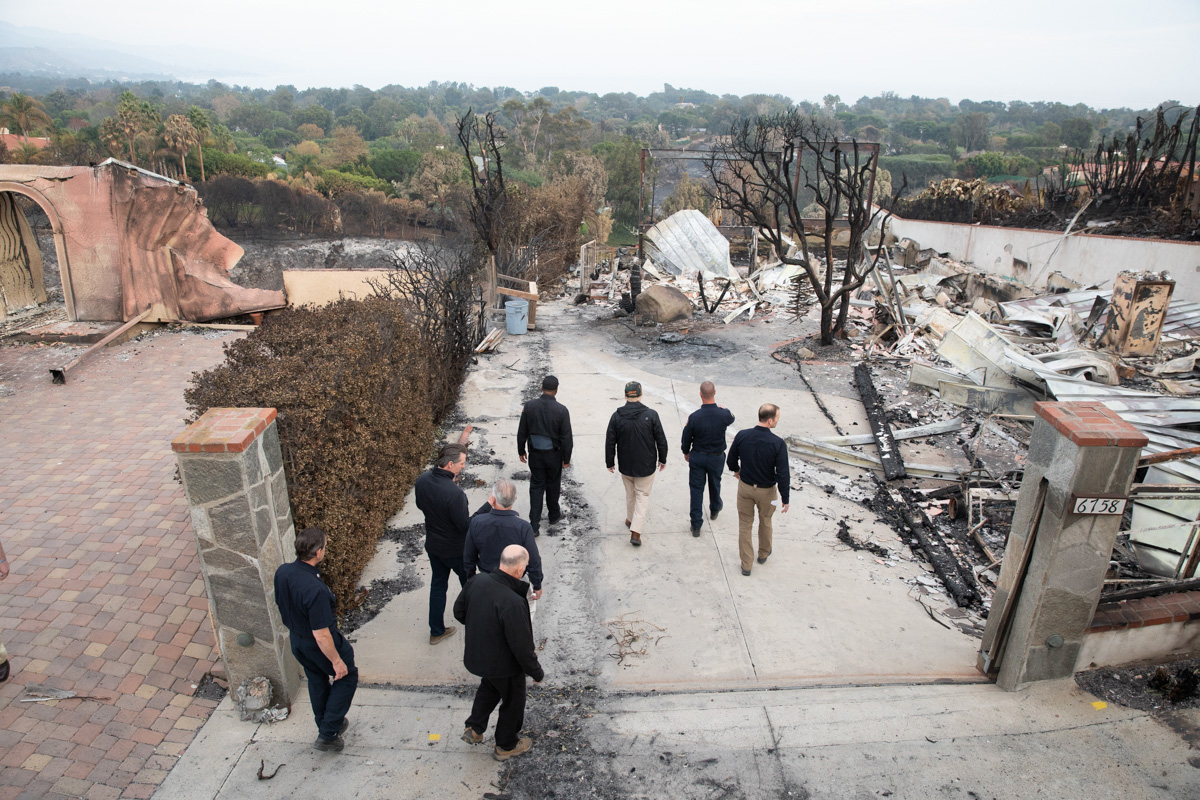“Folks can say what they want to say, but firefighters are living climate change,” outgoing CAL FIRE chief Ken Pimlott said in a recent interview. He suggested California residents are, too — and that they should be prepared to shelter in place if they are not able to evacuate in the face of fires that are, year after year, breaking new records in material and psychological devastation. And, in what might be his most revelatory comment, he said something few with power have been willing to: Californians should consider prohibiting building in particularly vulnerable areas.
Hearing these kinds of frank and bracing statements about our current climate reality from a high level public official is nothing short of a relief. It is now up to Governor Gavin Newsom to sharply focus on adapting to the climate changes we are already seeing – as well as those scientists predict are coming – without giving up outgoing governor Jerry Brown’s mission to stem further changes by reducing greenhouse gas emissions.
Newsom has the opportunity to make climate change adaptation a clarion call across all levels of the state government—from public health to transportation to housing—with a goal of a just and inclusive transformation that is critical to achieve. In a state where the basic facts of climate change are widely accepted and mitigation is an agreed upon goal, the new governor and legislature are in what should be an unbeatable position from which to act. It would be an epic failing to squander this unrivaled opportunity to not only cultivate and support thriving and resilient communities here in California, but also to provide a much-needed model for others who are not nearly as well-placed.
A bright spot in this otherwise treacherous landscape is that much of the scientific and technical know-how to adapt to climate change already exists and is being discussed and, to a lesser degree than some would like, implemented. For example, when it comes to sea level rise, Californians are already having difficult conversations about where it might make sense to bolster or move away from impacted shorelines.
Communities throughout the state have also been working to adapt to changing fire conditions. For example, Calli-Jane DeAnda, executive director of the Butte County Fire Safe Council, says that collaborative forest restoration work done in and around the town of Paradise and the Camp Fire area did make some difference. The goal of their work, which was accelerated in the past couple years due to new funding available through the California Climate Investments initiative, was to create areas of thinned vegetation, known as fuel breaks, that can that could help firefighters by slowing fire spread the spread of fire into communities and sensitive areas, including like those that protect water supplies.
“I don’t want to underplay the tragedy, but at the same time there were small pockets of success where the plan and the prevention efforts worked,” DeAnda said. Combined with other efforts to ensure homes and communities are fire resistant, there is the potential to re-establish a more balanced relationship between people and fire across the state.
Adaptation efforts also make financial sense. In disaster circles, an oft-repeated piece of wisdom is that every federal dollar spent on prevention saves six that would end up going to relief efforts post-disaster. After the Camp, Woolsey, and Hill fires blazed across the state from north to south in a span of just weeks—leading to death, injury, property loss and damage, and smoke-singed lungs—California Senators Dianne Feinstein and Kamala Harris put forward a $9 billion disaster relief request to the federal government. For less than one month of fire activity in a state that has seen several similar events in just over a year, that level of economic loss hardly seems sustainable.

In addition, disasters are quickly outstripping gains made in other vital arenas. For example, large fires can quickly release enough carbon to counteract reduced emissions from other sources. And, in a state facing a severe housing shortage, disasters are wiping out homes in quantities large enough to nearly erase the number of new houses permitted.
The debate about climate change, if there ever really was one, is over. We’ve spent decades talking about the “someday” effects, but that someday is here now, today. As with most complex challenges, strong and sustained political will, and the large-scale, on-the-ground support that comes with it, is the missing ingredient. There is simply no time for state leaders to waste in adapting to not only the changes that have already arrived on our doorsteps, but preparing for those which are sure to come.





